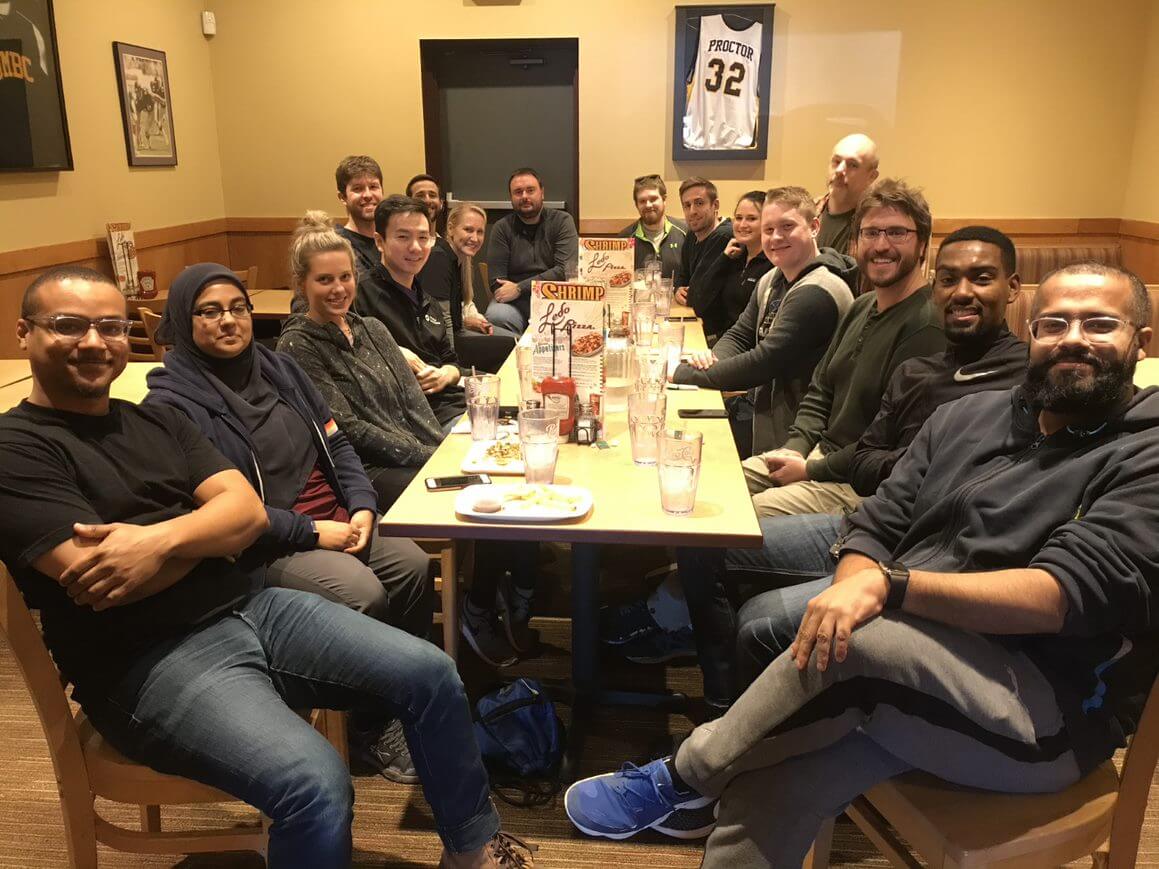In just two years, the team at cloudtamer.io, a cloud-services firm based in Fulton, had mushroomed from 12 to 27 employees at the beginning of 2020. With growth estimated to nearly double by the end of 2020, cloudtamer.io was experiencing growing pains — in a good way.
All at once, questions about career progression, on-the-job growth, promotions and salary models — the sorts of things you don’t think about when you and 10 of your closest friends are trying to launch a startup — became impossible to ignore.
Employees seemed happy. But company leadership also recognized that if they wanted to keep them that way — and keep that talent from leaving — they’d have to show what a future at cloudtamer.io could look like. Career progression plays a large role in company culture. Perks are for today, but gaining new skills, responsibility and knowledge will impact people forever.
“In 2020, we had employees reaching that two-year anniversary mark. We knew that if our team was not provided with a clear career progression path, many would start to wonder if growth opportunities were available for them at cloudtamer.io. Without this structure in place, we would start to experience attrition, so we had to be proactive in addressing this,” said Human Resources Manager Carrie Bothmer. “Employees will be assured we value their contributions to the team when we exemplify a growth and development culture, equipping employees in attaining one of our core values — continuously improving and being better today than we were yesterday.”

In January 2020, Bothmer and her team started brainstorming what’s now called cloudtamer.io’s Career Progression Model. The model describes the prerequisites, expectations, responsibilities and perks for every role in the organization, from junior positions up to the executive team.
“It helps to see the company’s plan for their employees and not just their product,” said Full-Stack Engineer David Kanney. “Having that plan, as an employee, allowed me to rest a little easier, so that I could continue to work and not worry what my career is going to be in a year or so. And it contributes value to me as an employee to improve on my skills to find a better role.”
The idea was to build transparency — to help employees see the potential paths and opportunities for career growth at cloudtamer.io, and to empower them to identify and chart the course that resonates most with them.
“By creating this model, we are creating an opportunity for our team to take control of their career growth here at cloudtamer.io,” Bothmer said.
One of cloudtamer.io’s values is to innovate where there is opportunity but realize there’s no need to reinvent every wheel. The team looked to various industry leaders such as Uber, GitLab, Netflix and even an academic setting: George Washington University in the nation’s capital. They looked at what worked in those models — and then they went a step further.
“The biggest component of this was our engagement with our staff,” Bothmer said. “It was our employees who helped us build this: ‘How can I see success in everything that I do?’ ‘How can I ensure that my earnings potential continues to increase as I grow at cloudtamer.io?’”
The focus group pulled employees from across the organization, from the engineering team to cloudtamer.io’s sole technical writer, Sarah Simpers, who’d joined the firm as recently as March.
“I was really happy to be invited to give my input when I’m fairly new,” Simpers said. “Initially I was not sure if it was going to offer anything to someone like me, where I’m the only tech writer at the company. As far as I knew, there was nowhere for me to move up.”
The Career Progression Model helped demonstrate that growth is always a possibility. Simpers, for example, was provided a path to senior roles with more responsibility, potential junior employees to mentor and, of course, even better compensation. Across the organization, team members can see which skills and how many years on the job they should have for any role they’d like to achieve.
“There is no ceiling,” Simpers said. “It underscores that they really are about employees being satisfied with their jobs and just really being happy.”
Explore jobs at cloudtamer.io






